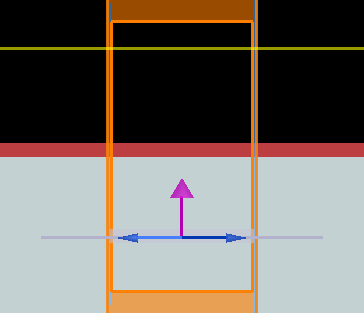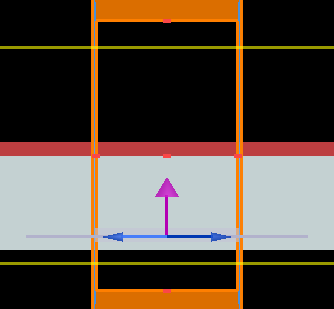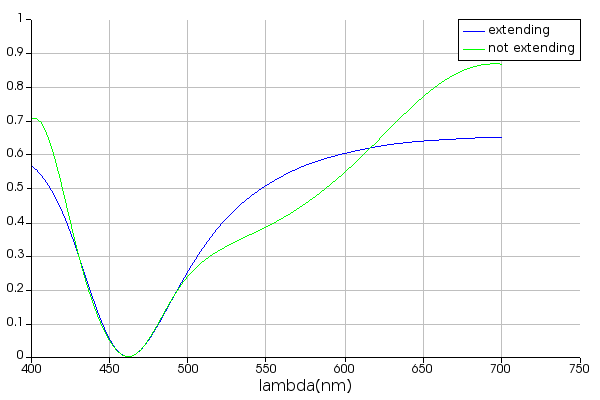-
-
May 10, 2021 at 6:01 pm
emh711
SubscriberLumerical recommends extending structure through the PML boundary in z-direction.
I notice that many samples posted on Lumerical website doesn't necessarily have their structures extend through the PML boundary in z-direction. When do you need to extend structure through PML boundary in z-direction? When is it okay to not have the structure extend through PML boundary in z-direction?
May 11, 2021 at 10:29 amGreg Baethge
Ansys Employee
Thank you for posting your question. Whether the structure should extend through the PML(s) will depend on your simulation. PMLs are used to simulate the propagation in an infinite space while using a finite sized simulation region: light reaching the PMLs will be absorbed as if it would simply propagates out of the simulation region and never be reflected back.
If the structure doesn't extend through the PML, there is an additional interface between the structure and the background material that can cause some reflections. The question is then, are these reflections wanted or not. For example, let's look at this simulation:
 This is a 50nm layer of silicon on a glass substrate. Here, the substrate extends through the bottom PML, so the light reflected by the silicon layer will be absorbed by the PML. If I reduce the thickness of the substrate:
This is a 50nm layer of silicon on a glass substrate. Here, the substrate extends through the bottom PML, so the light reflected by the silicon layer will be absorbed by the PML. If I reduce the thickness of the substrate:
 It added an interface that will change the reflection seen by the monitor:
It added an interface that will change the reflection seen by the monitor:
 In this example, we extend the substrate through the bottom PML as we only want 2 interfaces: SiO2/Si and Si/vacuum.
In this example, we extend the substrate through the bottom PML as we only want 2 interfaces: SiO2/Si and Si/vacuum.
Note if the structure touches the inner PML boundary, by default, the solver will automatically extend it (see this page).
I hope this will help.
May 11, 2021 at 1:00 pmemh711
SubscriberSo, the concern of not extending the structure through the PML boundary is the reflection.
Would it help if the PML boundary is placed far away from the structure in the z-direction?
May 11, 2021 at 1:26 pmGreg Baethge
Ansys EmployeeNot necessarily: if the PML is far away, it means the simulation region is large which impacts the memory requirements and simulation time. That said, the PML should be "far enough" so it doesn't affect the evanescent fields at the surface of the structure. Typically, a distance of half the maximum wavelength is usually enough, but some convergence testing will validate this.
Again, whether the structure should extend through the PML depends on what you are trying to model and is not limited to the PML in the z direction (it also depend on the propagation direction).
Viewing 3 reply threads- The topic ‘Extend structure through PML boundary in z direction’ is closed to new replies.
Ansys Innovation SpaceTrending discussionsTop Contributors-
3597
-
1283
-
1117
-
1068
-
983
Top Rated Tags© 2025 Copyright ANSYS, Inc. All rights reserved.
Ansys does not support the usage of unauthorized Ansys software. Please visit www.ansys.com to obtain an official distribution.
-


Ansys Assistant

Welcome to Ansys Assistant!
An AI-based virtual assistant for active Ansys Academic Customers. Please login using your university issued email address.
Hey there, you are quite inquisitive! You have hit your hourly question limit. Please retry after '10' minutes. For questions, please reach out to ansyslearn@ansys.com.
RETRY







